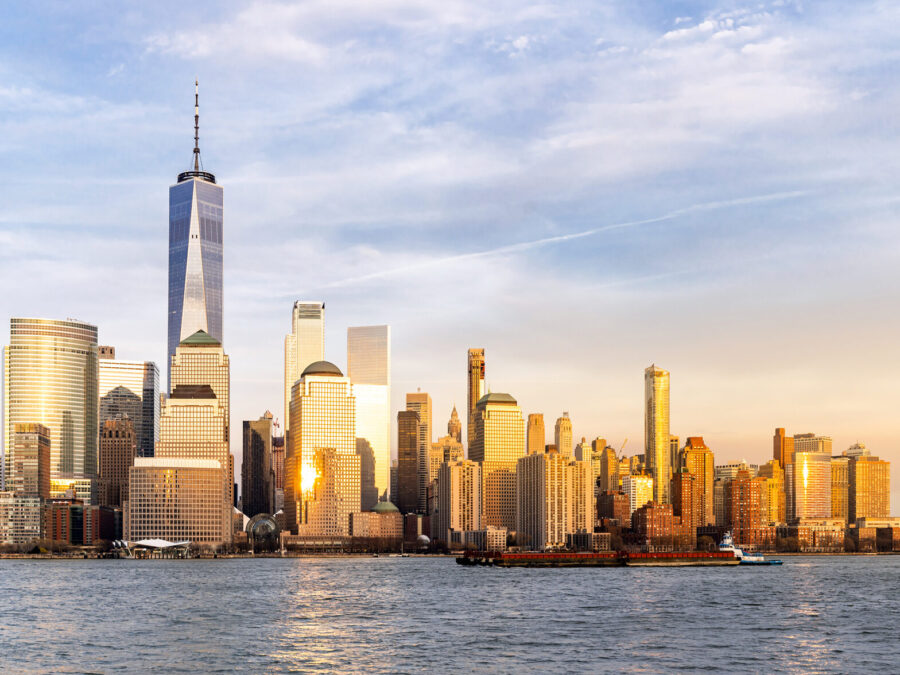DOB Releases LL 97 Advisory Board Report
By Andrew Pisani
In New York City, buildings account for roughly two-thirds of Greenhouse Gas (GHG) emissions, which contribute to global climate change. To combat this, the city passed the Climate Mobilization Act of 2019, an ambitious set of requirements intended to reduce GHG emissions by 80% before the year 2050, relative to the year 2005, with an intermediate goal of 40% reduction by 2030.
This endeavor will require many owners and managers to increase energy efficiency through significant retrofits. With new carbon emission limits starting in 2024, owners are encouraged to contact NYC Accelerator, a free resource for guidance on financing and implementing building retrofits.
Local Law 97 Advisory Board Report
The Department of Buildings (DOB) enacted Local Law 97 in 2019 to lay the groundwork for this sustainability effort. In the latest step toward a greener New York, DOB released the Local Law 97 Advisory Board Report last month, which organizes almost 50 recommendations into seven categories:
- How to calculate and report a building’s or campus’s GHG emissions. These calculations would be based on the use of electricity and steam, and related to the evolving nature of how the electrical grid is supplied at a given time.
- How to treat the city’s different property types. Rent-regulated properties, city buildings, industrial properties, and hospitals, for example, all face unique compliance challenges.
- How to maximize emissions reductions. Strategies include cultivating tenant participation, supporting the development of new technologies, and encouraging replacement of fossil fuel and low-efficiency equipment.
- How the city can assist owners with compliance. Although there are fines associated with non-compliance, the LL97 effort seeks to foster compliance through technical and financial support, local greenhouse gas offset support, allowing Renewable Energy Credits (RECs) with prudent limits, allowing extensions and adjustments, supporting the decarbonization of large campuses, and supporting environmental justice communities.
- How the city can improve communication of key components and deadlines. Strategies include a reference guide for owners and designers and proactive outreach programs that facilitate early adoption of the new mandates.
- How to make LL97’s goals, reporting, and regulations consistent with existing city and state regulations. Synthesizing compliance with myriad sustainability laws will grease the wheels for LL97 compliance, aligning City and State environmental goals, limiting confusion over multiple regulations and timelines, and reducing reporting costs for building owners.
- Areas for additional analysis. Continued study is recommended in the following areas: Carbon Trading Programs; establishing the regulatory limits necessary to decarbonize the building sector; studying the economic impacts of LL97; and further research on improving results and implementation.
These recommendations and regulations are ambitious, but the DOB wants to make their implementation as smooth as possible.
If you have any questions or need assistance with LL 97 compliance, please contact the Technical Affairs Division of Metropolis Group at 212.233.6344.


